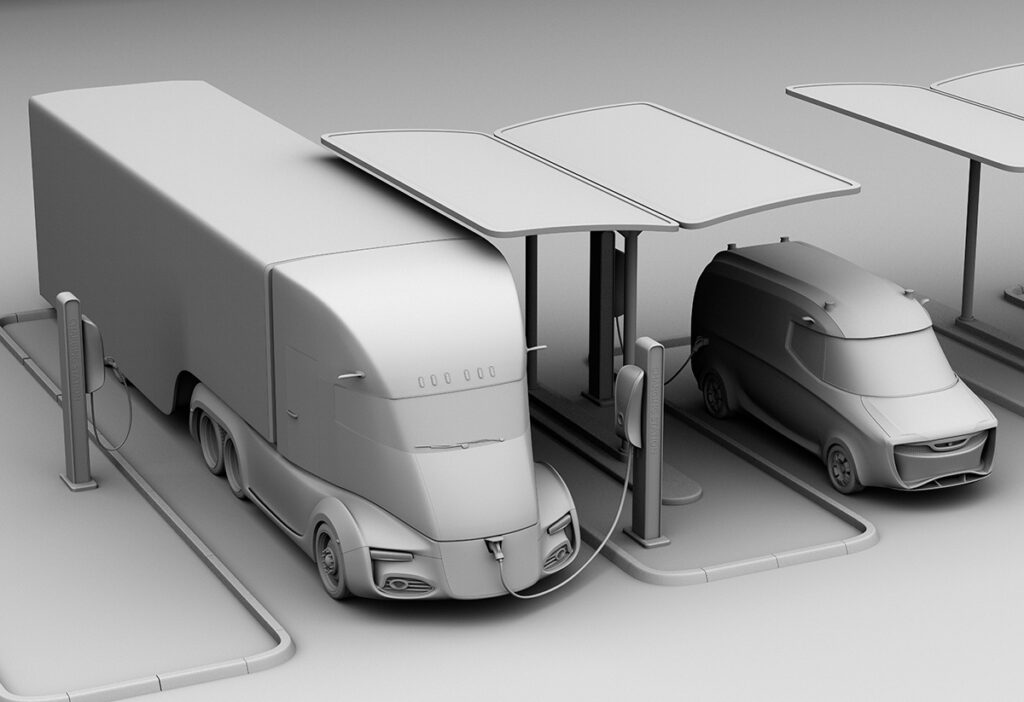Please excuse us for beginning this article with a statement that is not news: The public EV charging experience stinks (at least for non-Tesla owners). Drivers complain of poorly-designed charging sites, pointlessly complicated charging procedures, and above all, abysmal reliability.
If competition can’t make charge point operators clean up their acts, the lure of government funding just might. The Bipartisan Infrastructure Law will make some $7.5 billion in funding available for public EV charging infrastructure in order to “electrify the Great American Road Trip.” We’re happy to see that this pot of money will come with consumer-protection strings attached.
The Biden administration has announced a set of standards that will apply to federally-funded EV chargers, including those built with National Electric Vehicle Infrastructure (NEVI) funds.
“Until now, there were no comprehensive standards for the installation, operation, or maintenance of EV charging stations, and disparities exist among EV charging stations in key areas, such as connector types, payment methods, data privacy, speed and power of chargers, reliability, and the overall user experience,” says the White House.
The Federal Highway Administration (FHWA), together with the new Joint Office of Energy and Transportation, has finalized new directives designed to “make charging EVs convenient and reliable for all Americans, including when driving long distances.” Among the provisions is a set of standards aimed at improving the charging user experience.
The new standards will require that:
- Charging is a predictable and reliable experience, by ensuring that there are consistent plug types, power levels, and a minimum number of chargers capable of supporting drivers’ fast charging needs;
- Chargers are working when drivers need them to, by requiring a 97 percent uptime reliability requirement;
- Drivers can easily find a charger when they need to, by providing publicly accessible data on locations, price, availability, and accessibility through mapping applications;
- Drivers do not have to use multiple apps and accounts to charge, by requiring that a single method of identification works across all chargers; and,
- Chargers will support drivers’ needs well into the future, by requiring compatibility with forward-looking capabilities like Plug and Charge.
These are all sensible goals that EV advocates have been recommending for years—it’s obvious that the folks at DOT/DOE have done their research, and talked to some real EV drivers.
Questions remain. Will these “standards” be the basis for actual laws, or are they aspirational goals, like the “network of 500,000 chargers” and the “50% of new car sales EVs by 2030?” Will there be enforcement mechanisms, and fines for companies that fail to deliver? Who will be responsible for meeting the standards? Will charge point operators be able to impose similar requirements on hardware manufacturers and/or installers?
We shall see, but this is an important step in the right direction.
Source: The White House via Electrek







































































